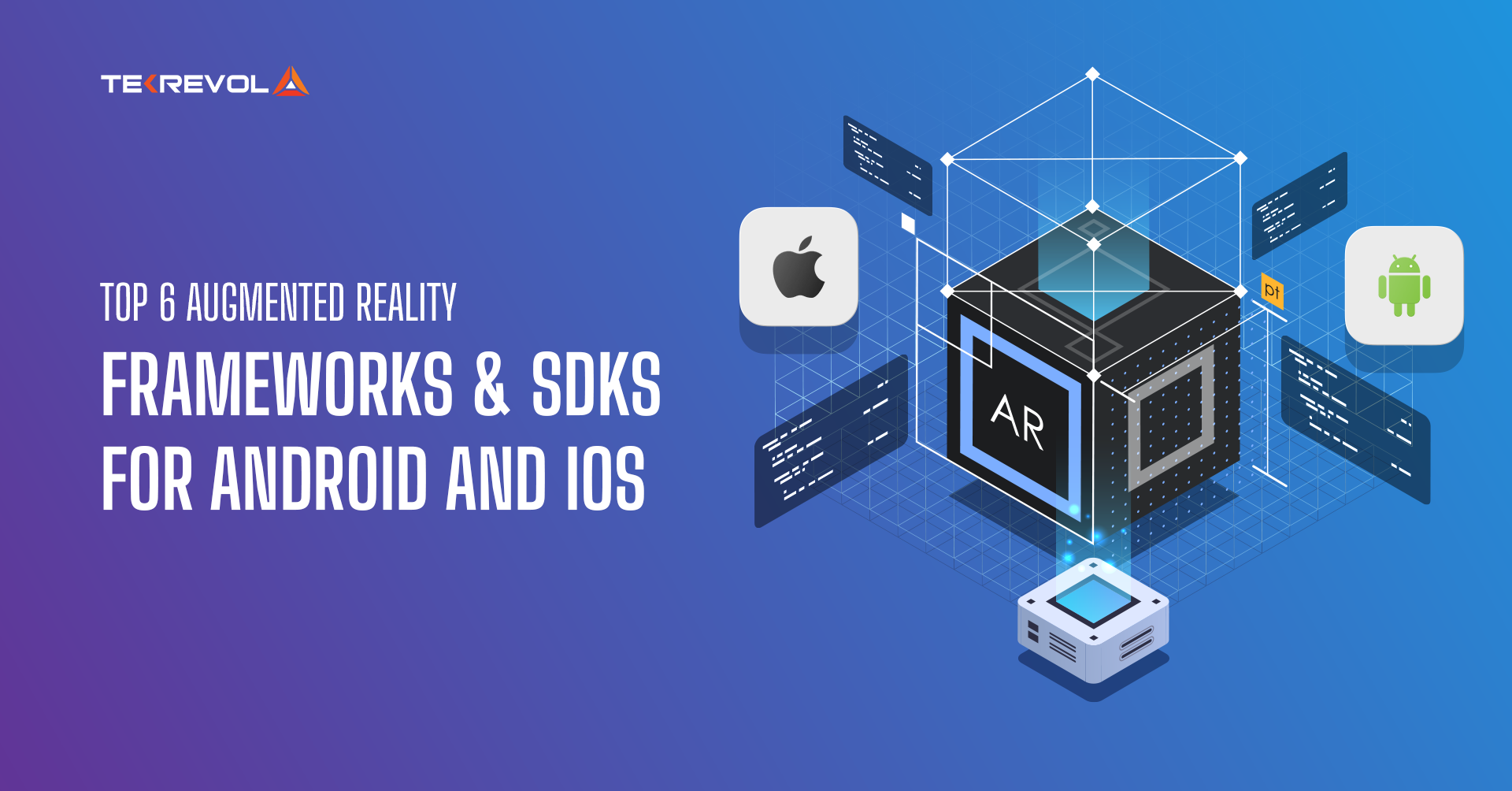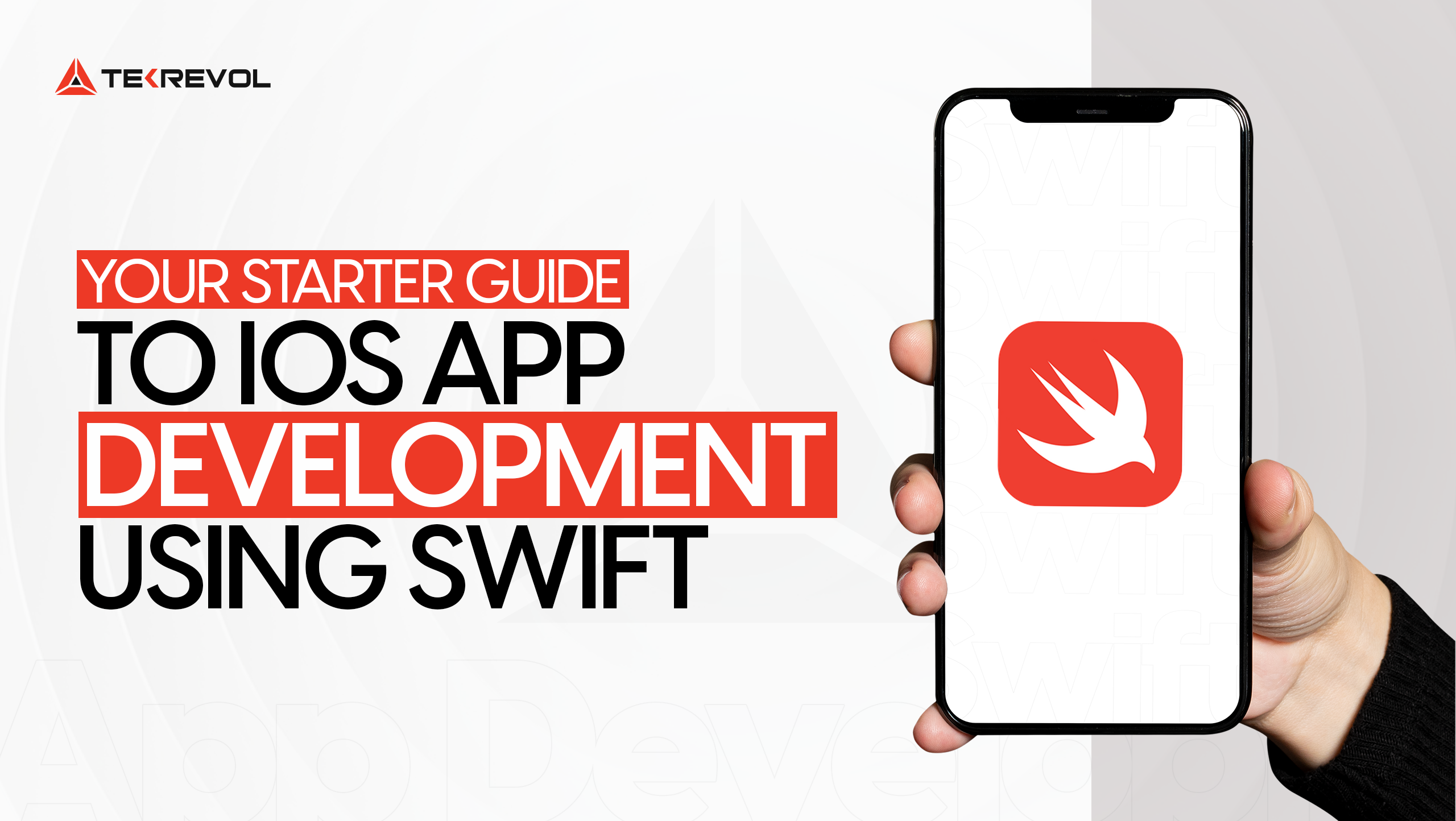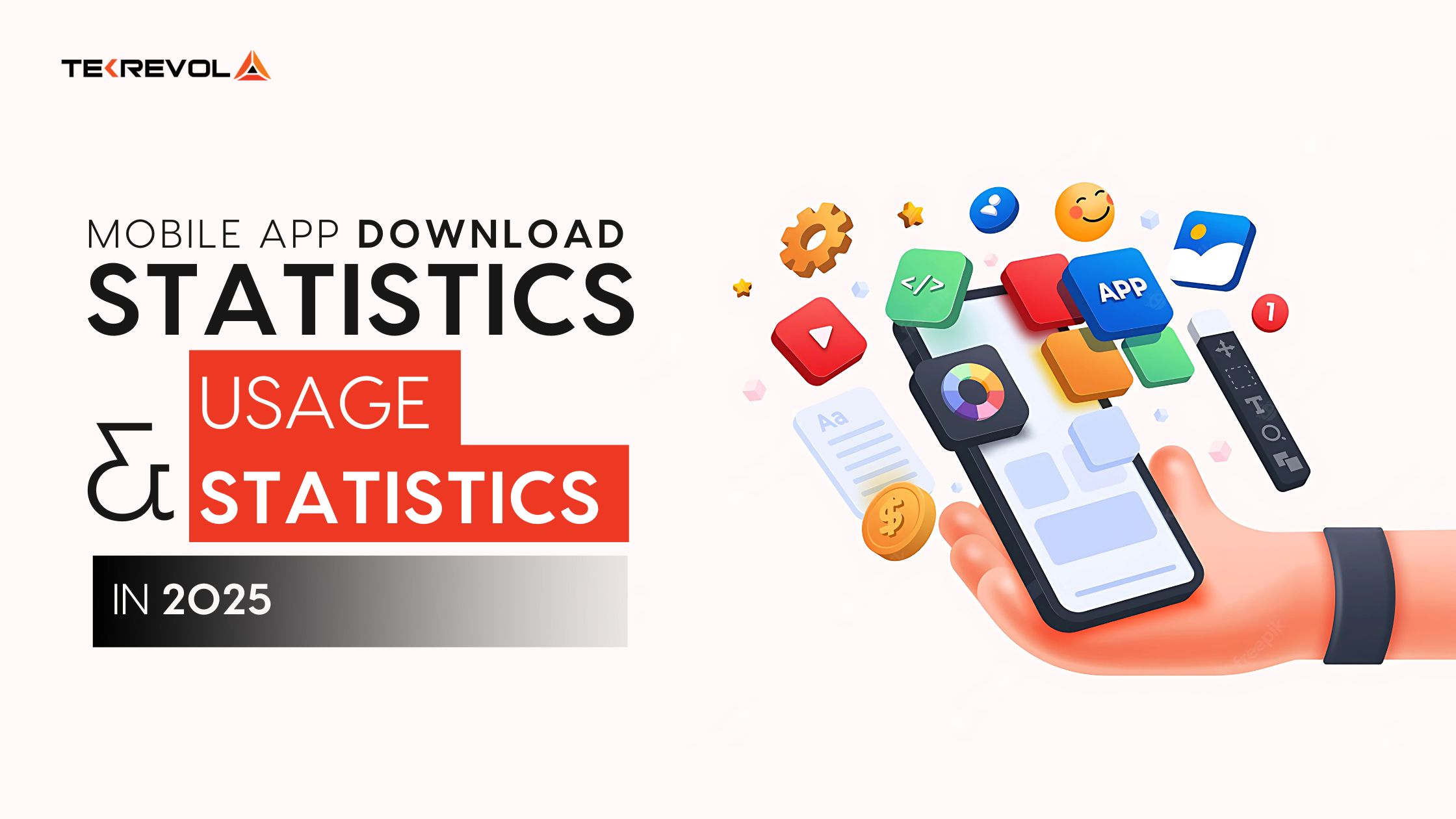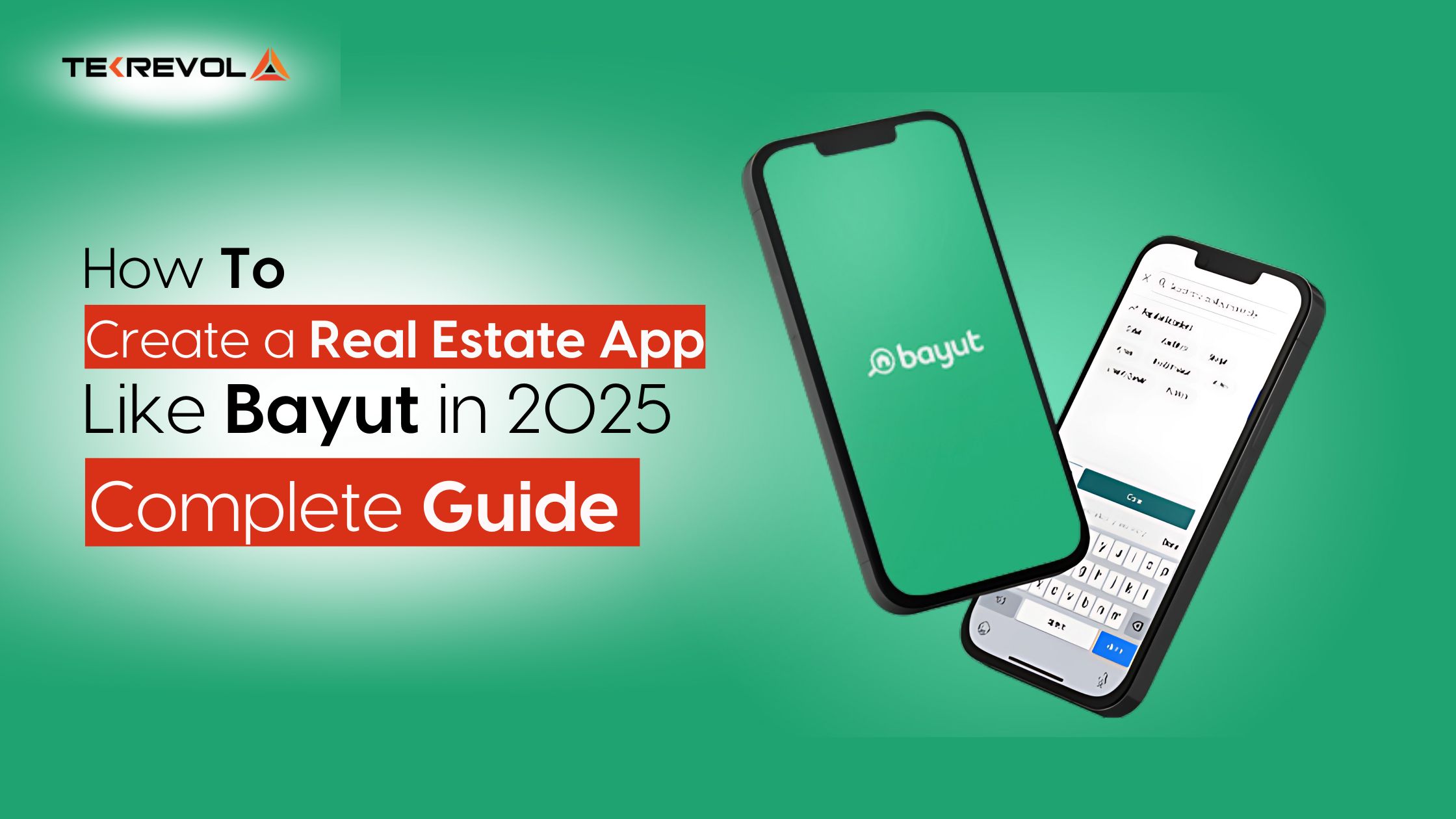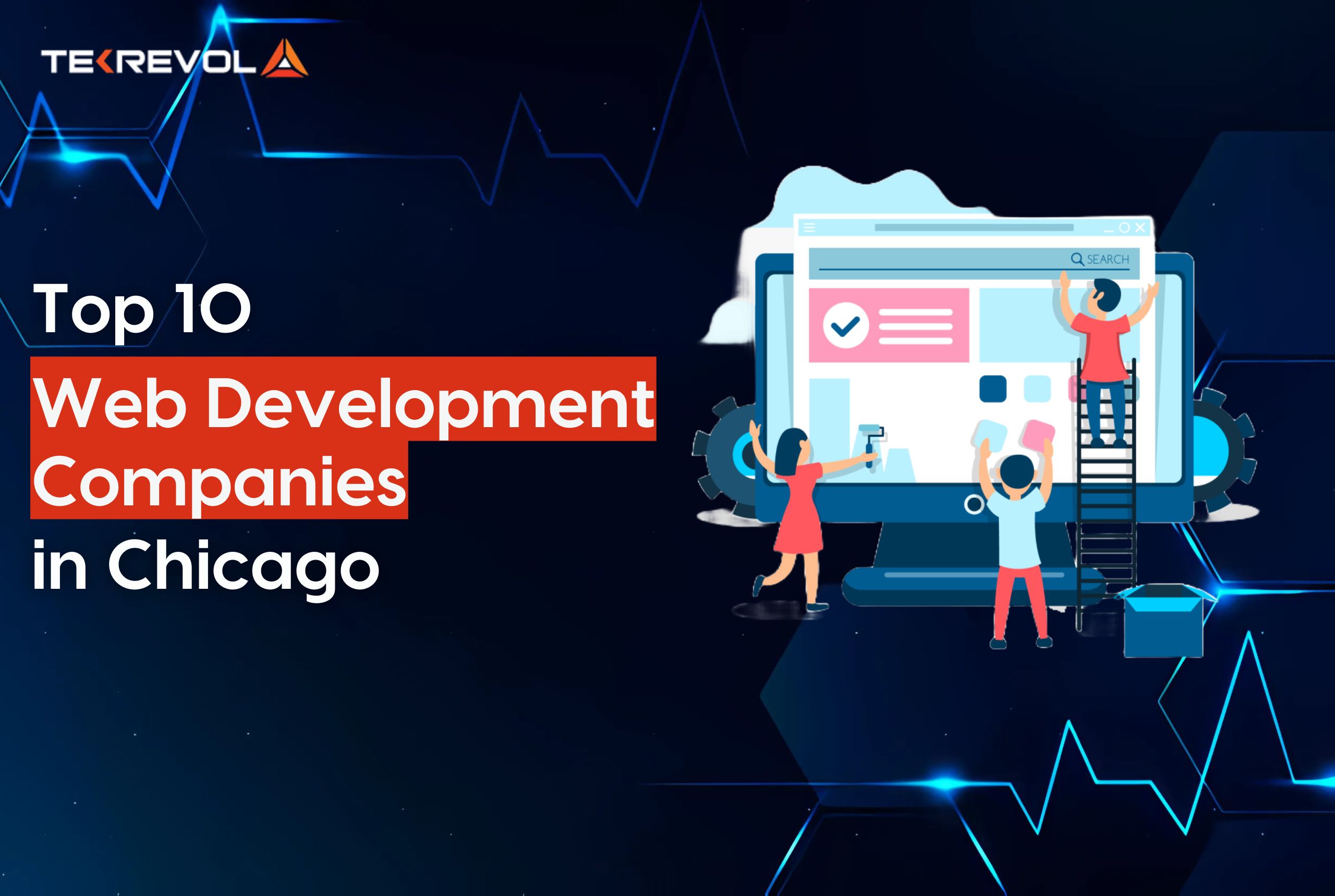The Best Augmented Reality Frameworks & SDKs
Augmented Reality used to be the stuff of dreams back in the 80s and 90s.
And this technology has been teased by several popular science fiction movies like Back To The Future or Arnold Schwarzenegger’s ‘Terminator.’
And amazingly, the movies mentioned above are just some of the many movies that have perfectly portrayed AR technology years ago!
Fast forward today; after constant iterations, incubations, and developmental work, we’ve got augmented reality frameworks and SDKs that can be used to build , software, devices or apps, and more.
So, it is safe to say that AR technology has been commercialized to the extent that businesses, developers, entrepreneurs, and even big enterprise-level organizations like Facebook can leverage it to create new possibilities.
Similarly, in digital product or mobile app development, iOS and Android AR development is the new norm.
Countless, and I mean COUNTLESS firms, are working on building the next industry redefining AR apps.
And to help these companies get started in the AR domain, I’m writing this article.
Detailing all the trending Augmented reality frameworks and custom software development kits (SDKs), this article will help you minimize the friction points and get started on your AR project.

Ready?
- Want To Let the Professionals Handle Your AR Project?
- Believing that strategic innovation is a necessary part of whatever we do, we're more than just capable of building AR projects. We thrive on discovering new possibilities that your AR-based product can bring to the market.
1. Wikitude AR Framework & SDK
Wikitude has contributed to AR technology since 2008 through its remarkable research, cost-effective solutions, market stability, and reliable products.
Fast forward today, the AR framework has made a name for itself in the augmented reality industry.
Therefore, if delivering a revolutionary AR experience at a minimal cost is what you’re planning.
Going with the Wikitude AR framework would be a decision that you’ll never regret.
Backed by state-of-the-art technology, Wikitude augmented reality framework is an SDK that offers innovative features like image recognition, CMS integration, 3D object detection, geolocation data, and more.
Moreover, the SDK AR framework is compatible with Android and iOS, which means you’ll easily develop a cross-platform app if you’re willing to go for an omnichannel presence right from the start.
Usage of Wikitude
Wikitude is a premium augmented reality framework, and you would have to buy it to get started.
You’ll find different prices on their official website, starting from €2,490 all the way to the custom enterprise package, where you’ll get a custom quote from the company after describing your requirements.
Although Wikitude is expensive, the features, functions, and pre-designed codes you’ll get with Wikitude are different from what you generally get with open-source libraries.
Therefore, not only will you save time and money in the long run, but you’ll also be able to integrate distinctive features into your digital product, ensuring the delivery of a remarkable experience.
Last but not least, the Wikitude framework also has a free version which is limited and doesn’t offer advanced options as the paid version does.
2. iOS ARkit AR Framework
iOS ARkit is an augmented reality SDK for iOS, or an iOS augmented reality framework that you can integrate into your iOS device’s camera or motion features to build an augmented reality experience in your digital product.
iOS ARkit is based on objective-C programming language and integrated into the iOS and iPad.
It is a prevalent trait of Apple to focus on the experience of their products, improving it over time. Therefore, the ARkit’s original version has been modified and improved since its inception on Sept 19, 2017.
The initial version of the ARkit was ‘ARkit 1.5‘detected horizontal surfaces, i.e., tables and floors. The detection was aided by already integrated reference images that helped the framework detect such places.
Furthermore, in the first version of the ARkit AR framework, function points played a critical role in enabling the augmented reality framework to detect the surfaces mentioned above.
But this was just the start, and Apple launched the 2nd and then the 3rd version of this augmented reality framework SDK.
The second version was the ARKit 2.0 that had improved performance, and the shared experience functionality was added to the framework.
The third and latest version of the augmented reality framework is ARKit 3.0, designed to detect virtual objects while avoiding overlaying virtual objects over people.
Usage of the ARKit
iOS ARKit supports Apple’s native API and 3D graphics SceneKit and lower-level native API metal.
Furthermore, this AR SDK framework is also compatible with Unreal Engine and Unity IDE gaming engines.
3. Simple CV AR Framework
Don’t get this augmented reality framework wrong because it is not related to building a resume in any way, but it Is an open-source augmented reality framework SDK that is widely used and recognized by developers.
Simple CV is compatible with popular programming languages such as Java, C++, and even Python.
In addition to that, the modern technology and function of the Simple CV AR framework allow it to use the device’s screen as a lens and interconnect several digital elements, i.e., text, images, characters, with the real world.
The final image displayed by the AR framework is a blend of the virtual and real-world that looks beautiful.
Furthermore, Simple CV also gives developers three visual functions:
- The edge method.
- Key point search function.
- Threshold function.
To conclude, I would say that this AR framework is one unique SDK that’ll make the business owners and entrepreneurs think about creating the next big augmented reality app based on this framework.
Usage of ARcore
The ARcore is perfect for easy integration of AR functionality to an application or enablement of virtual objects in real images or videos captured through web-cams, FireWire, and off-course mobile phones.
4. Kudan AR Framework
Kudan’s tagline reads ‘Professional AR SDK to develop compelling applications for mobile devices.’
And after reviewing the AR framework SDK, the Tek-team said that this framework is perhaps the most comprehensive SDK present in the market.
The working methodology of Kundan is that it adds layers on top of real objects that your camera is showing.
This augmented reality framework gives you an AR development library that allows you to utilize the AR framework’s features, i.e., object recognition, AR stabilization, and posters & stickers that you can use.
The features above can also be used to enable purchasing, payment verification, and more so, in a way, the AR framework can give you much more than just AR functionality.
Last but not least, the only drawback of this framework is that the AR SDK doesn’t detect faces compared to other frameworks.
Usage of Kudan
Generally, there are two versions of Kudan, a free version and a paid one.
The free version is best for independent projects that generally rely on the crowdfunding model.
It can also be used by start-ups searching for a standard AR development SDK kit to integrate into their applications.
However, the paid version is designed for businesses and organizations, and you get additional features for your application with it.
5. Vuforia AR Framework
Vuforia is yet another advanced augmented reality framework that, much like Simple CV, gives the users complete control over the augmented reality technology.
This AR framework also uses the smartphone’s screen like Simple CV does and displays digital images over real-life images in the most life-like way.
With pre-made visual effects, i.e., the object reveals effect, x-ray & transparency effect, heat mapping effect, and much more, Vuforia stands as the modern solution for augmented reality apps.
Moreover, developers can also use the technology to enable virtual buttons, background effects, mitigate occlusions, and 3D and flat object tracking features in their applications.
Usage of Vuforia
This augmented reality framework is perfect for developers looking to create a highly advanced augmented reality app with virtual and real image reforming capabilities.
Also, a free augmented reality SDK of Vuforia is available for download. However, there’s a paid version available that allows you to leverage advanced features of the AR framework.
6. ARcore AR Framework
ARcore is yet another intelligent framework designed by Google.
What is fascinating about this framework is that it leverages the smart APIs integrated into it to recognize, analyze and even interact with our environment.
This augmented reality framework can detect elements, objects, movements, and locations of different proportions, i.e., horizontal and vertical.
Lastly, the ARcore also estimates the lighting condition of the user’s environment to display optimal results.
Usage of the ARcore
The cross-platform nature of the ARcore makes it the perfect choice for Augmented reality app developers who want to easily develop Android augmented Reality and iOS augmented reality apps for more than one platform.

Why Do You Need SDKs?
An SDK or software development kit provides developers with pre-designed features and functionalities that they can utilize to create digital products, i.e., tools or applications, quickly minimizing the need to create them from scratch.
Utilizing an SDK also makes integrating new features and shaping new experiences faster because the core functionalities are pre-built.

Different types of iOS & Android Augmented Reality SDKs
1. Visual Marker Based AR Framework
Visual market-based augmented reality frameworks use the device’s camera to provide the user with information related to the product being detected by the camera.
This type of AR framework can detect objects of different proportions and display them on-screen with 3D versions so that the viewer can look at the object from different angles.
2. Positioning Detecting Augmented Reality Frameworks
This type of AR framework is used in location-based apps, i.e., when you’re building an app like Uber.
The position detecting function of the framework allows travelers to discover places located near or far from their vicinity.
Additionally, the smartphone’s built-in compass and accelerometer are also used for accurately predicting user location.
3. Projection Based Augmented Reality Framework
Projection-based AR framework enhances environments by projecting a beam of light onto the targeted surface.
The concept has the power to introduce new and innovative possibilities in the augmented reality industry.
How does it work?
Well, once the projected light beam hits the surface, the system or algorithm working behind the application starts detecting and measuring the tactile interaction that occurs when someone tampers with the surface on which the light is being projected.
4. Object Overlapping Augmented Reality Frameworks
This AR framework is designed to remove or replace entirely or partially focused objects at a visual level. A great example of an app that uses this type of AR framework SDK is the ‘Just in Line‘ App.

To Conclude…
The augmented reality market is expected to reach $88.4 billion by 2026, and now is a really good time to build and launch your augmented reality product based on the revolutionary frameworks mentioned above.
The technologies are matured, the market conditions are perfect, and presently, you’re at the right place because TekRevol is all about building standard-setting digital products.
From strategies to development to sprints to processes, everything here at TekRevol is designed to help businesses disrupt their industries, challenge boundaries, and bridge the gaps between imagination and Reality.

- Augmented Reality is the Norm
- So, let's start discovering, designing, and developing your disruptive augmented reality product that'll redefine the market and take your business to a whole new level.

 2575 Views
2575 Views November 29, 2021
November 29, 2021